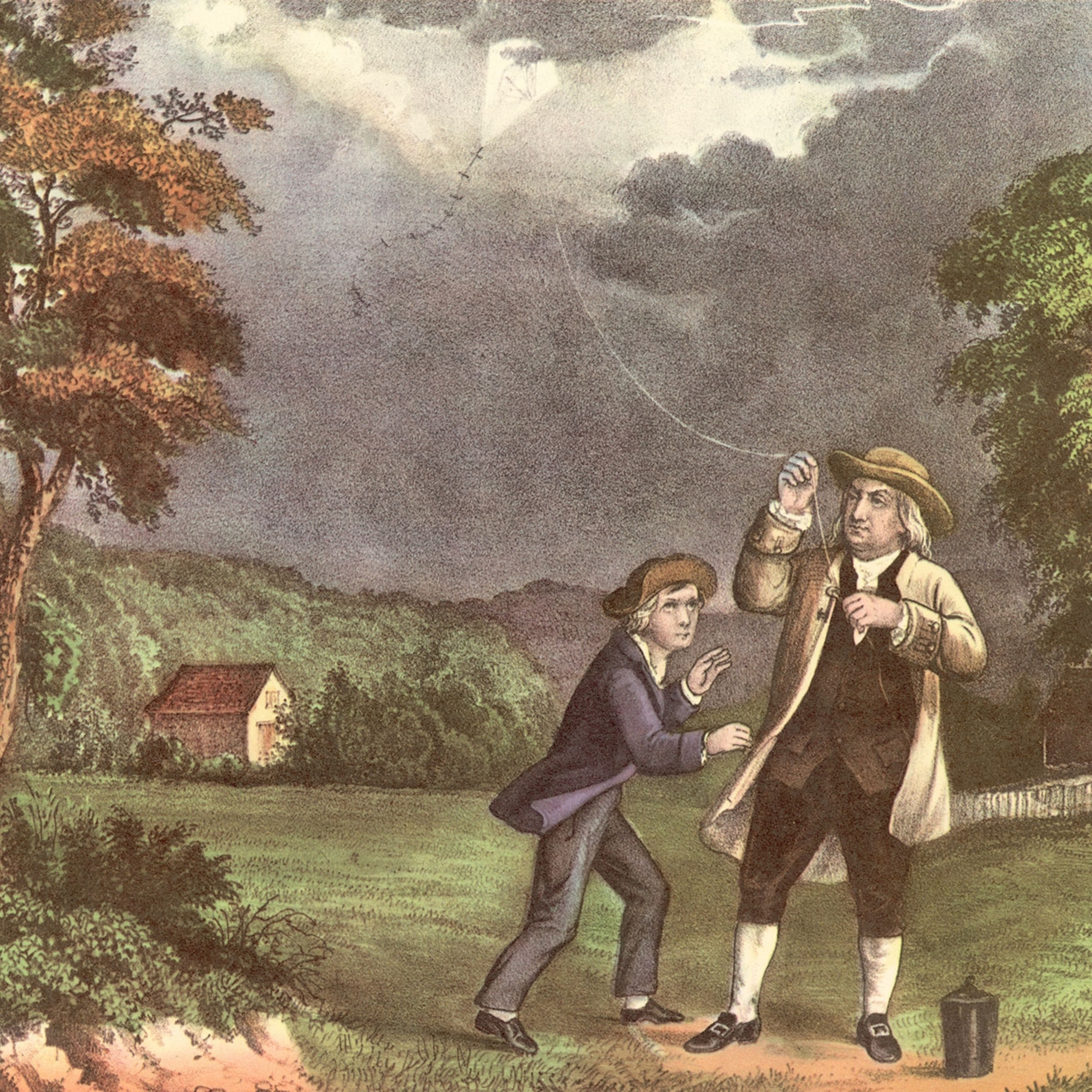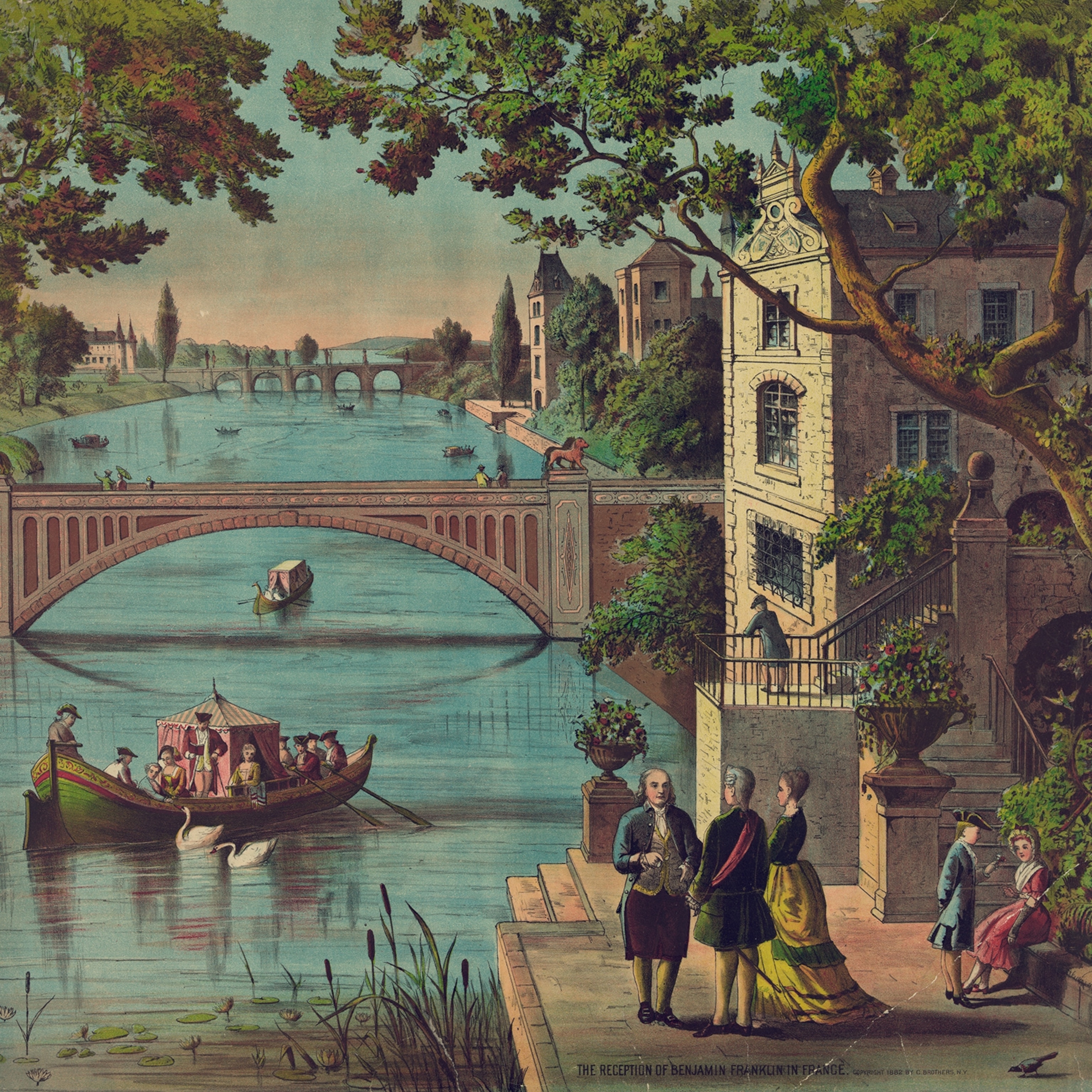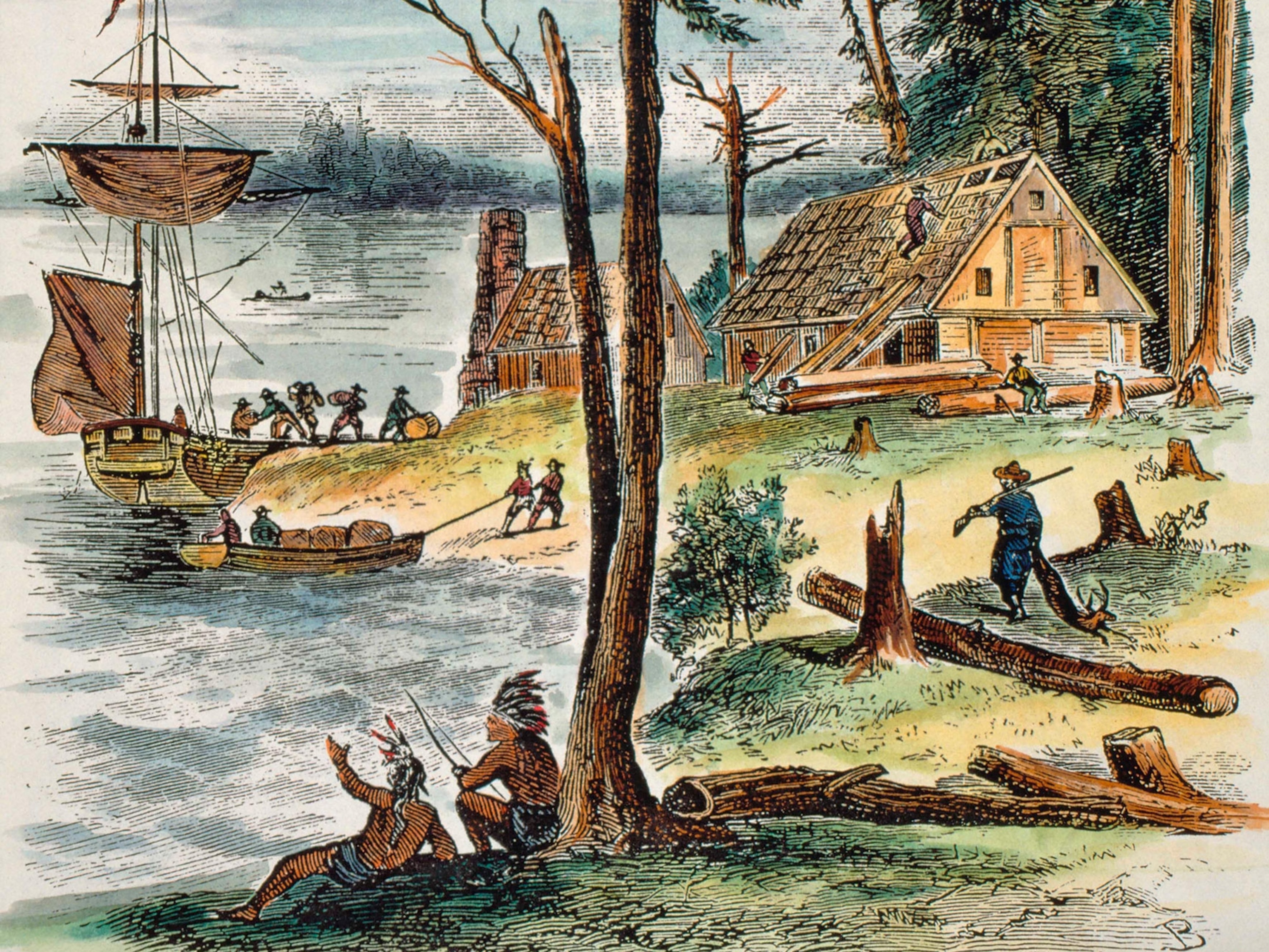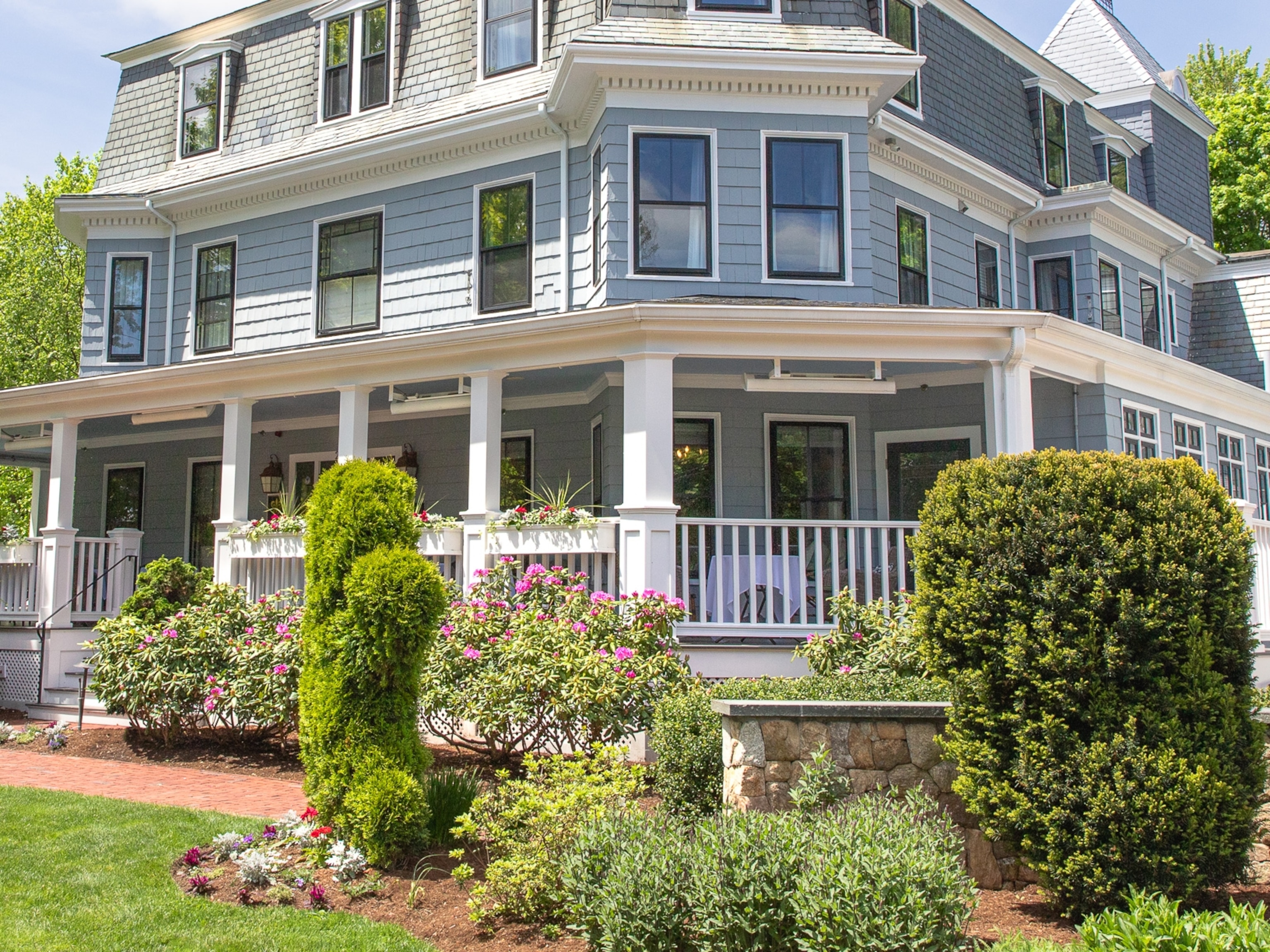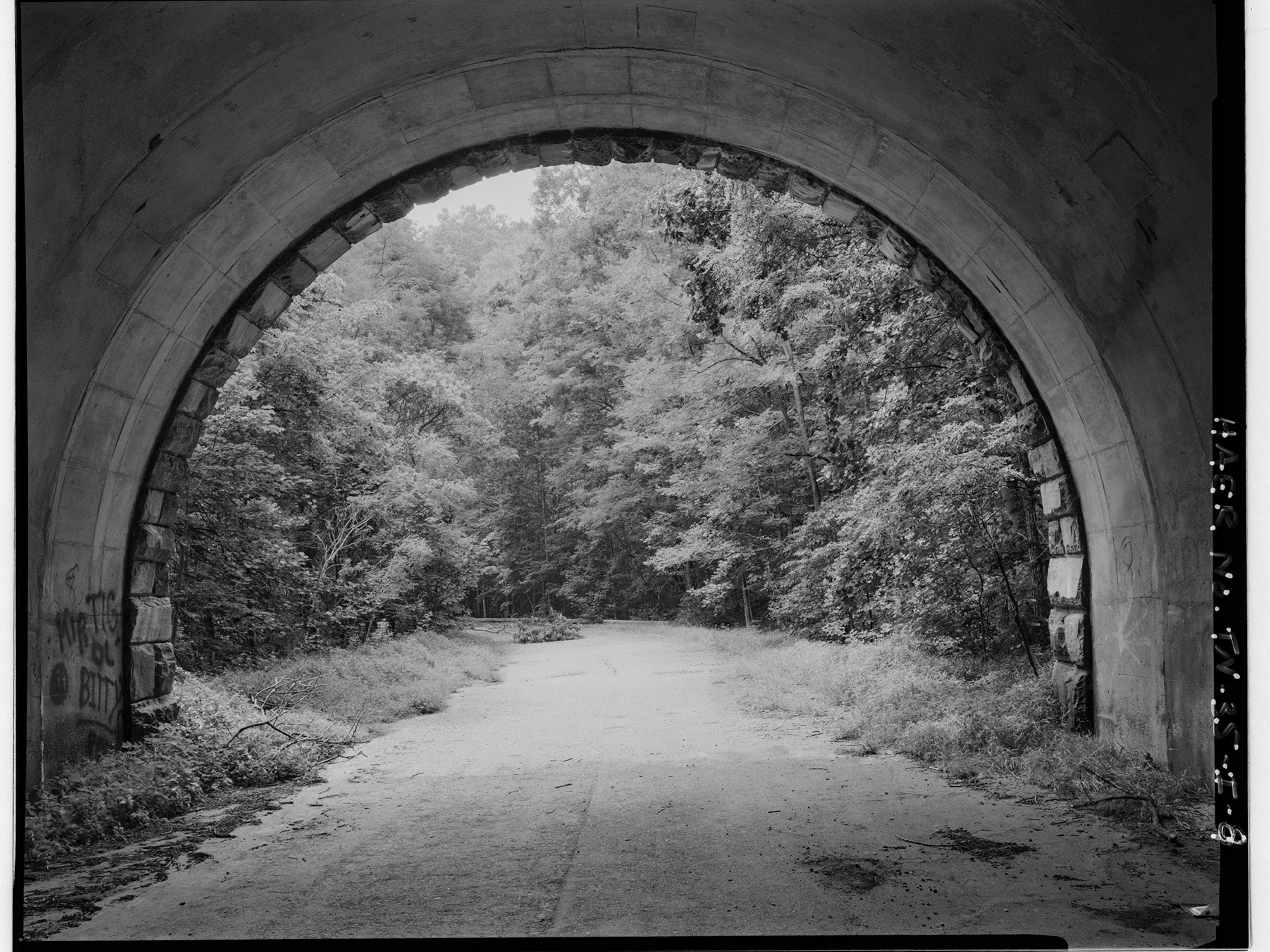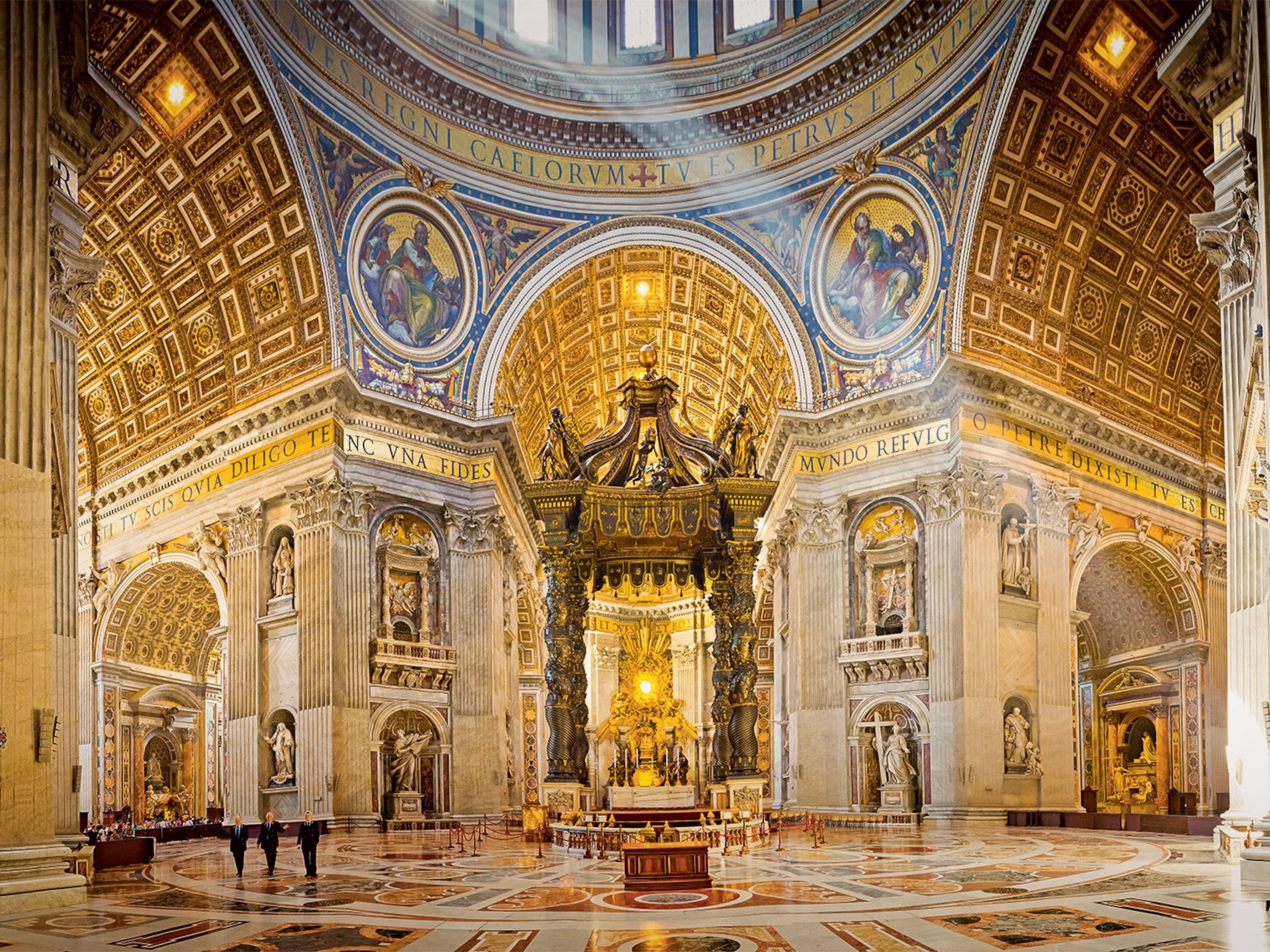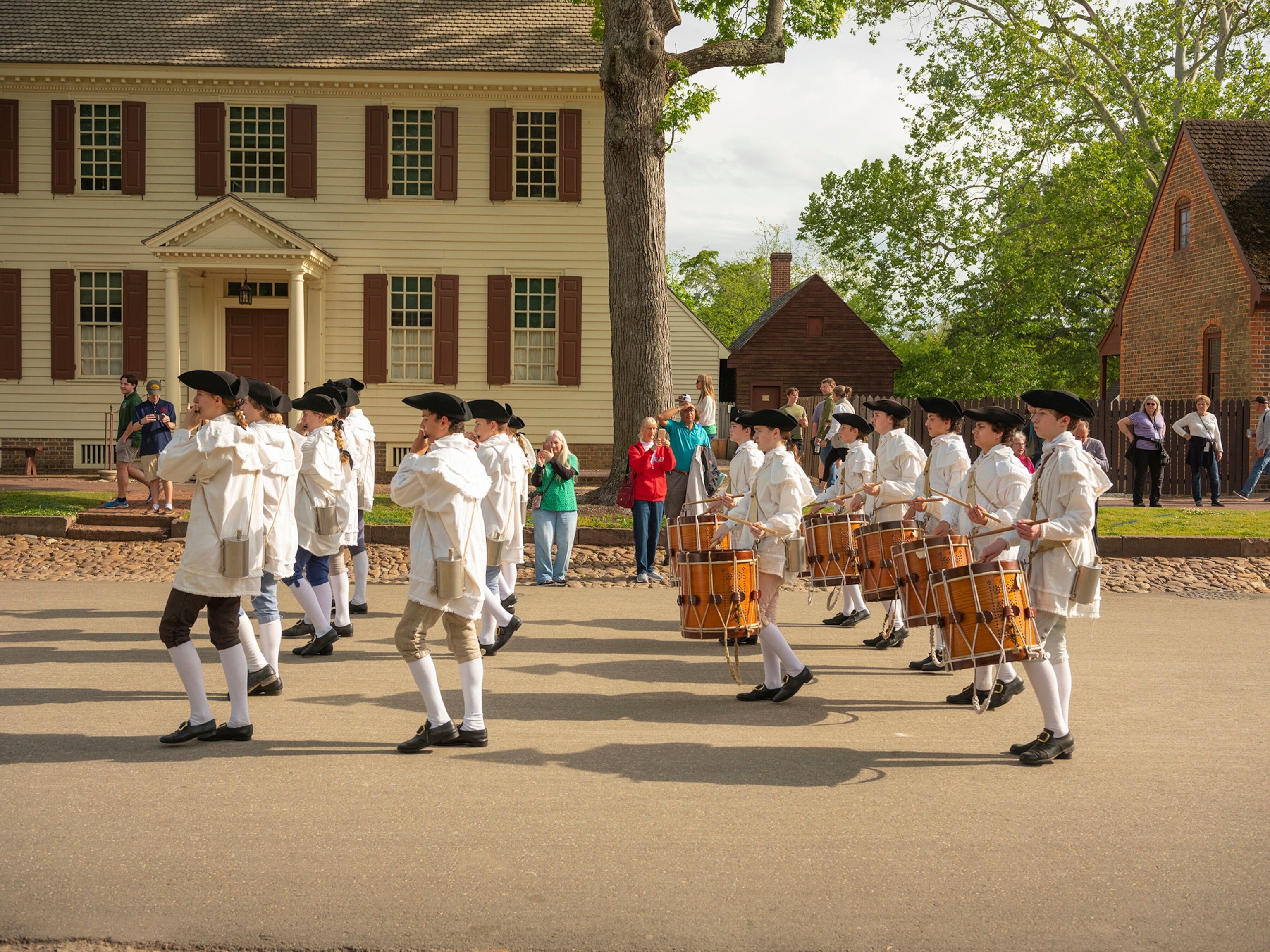Where is Theodosia Burr? The quest to find the missing grave of Aaron Burr's cherished wife
Theodosia Bartow Prevost Burr was widely respected for her intellect and wit—and even served as an adviser to her husband. So why don’t we know this founding mother's final resting place?
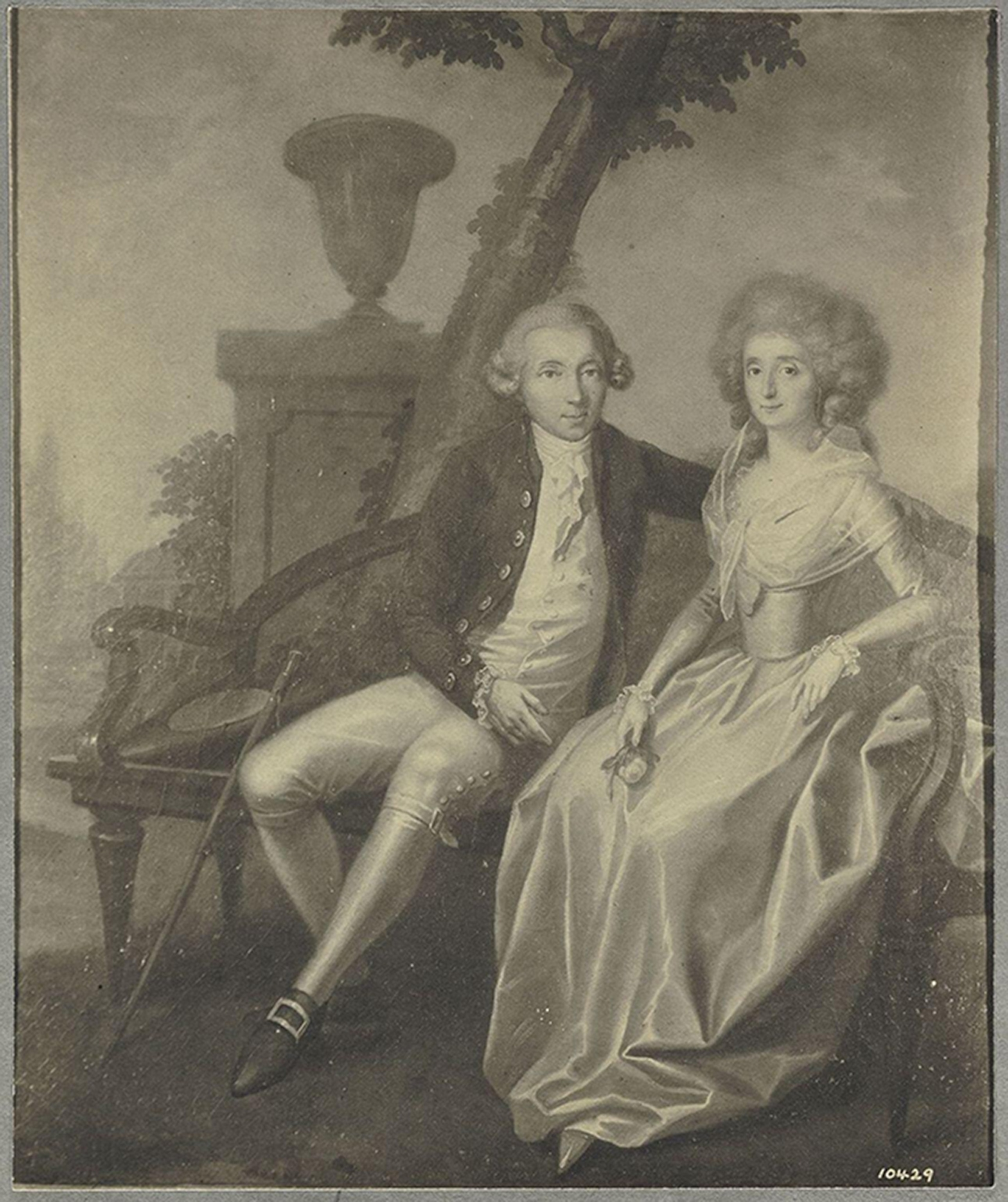
You would think no one could forget about Theodosia Bartow Prevost Burr.
One of the most intriguing women of her time, Theodosia was married to a British officerwhen she fell in love with the enemy—the Revolutionary War’s complex hero Aaron Burr.
Theodosia championed women's rights. Known for her intellect and wit, she also assisted her husband Aaron in his law practice and even acted as his political advisor. She was such a beloved and respected fixture in colonial society that she compelled America’s earliest influencers to sing her praises and seek her council. And the hit Broadway show Hamilton has cemented her place in history by namechecking both the elder Theodosia and her daughter Theodosia Burr Alston.
(These are the untold stories of Hamilton's historical characters.)
But for all that we know of Theodosia’s remarkable life, there is one thing that eludes historians today: What happened to her after death?
I began wondering this myself after stumbling across an online source that claimed she had been buried at Trinity’s Churchyard in Lower Manhattan.
As a licensed New York City tour guide who has given public tours of historic churches and cemeteries for almost 30 years, how could I have missed this?
Curious, I contacted Burr biographers such as Nancy Isenberg and David O. Stewart, organizations such as the Aaron Burr Association, and even a Burr family member. Was this true?
A few had theories. But mostly, they didn’t know.
For me, the real mystery is why don’t we know where she’s buried? Aaron Burr’s grave is prominently displayed at Princeton Cemetery of Nassau Presbyterian Church in New Jersey, and we know precisely where other founding fathers are interred. Why not this founding mother?
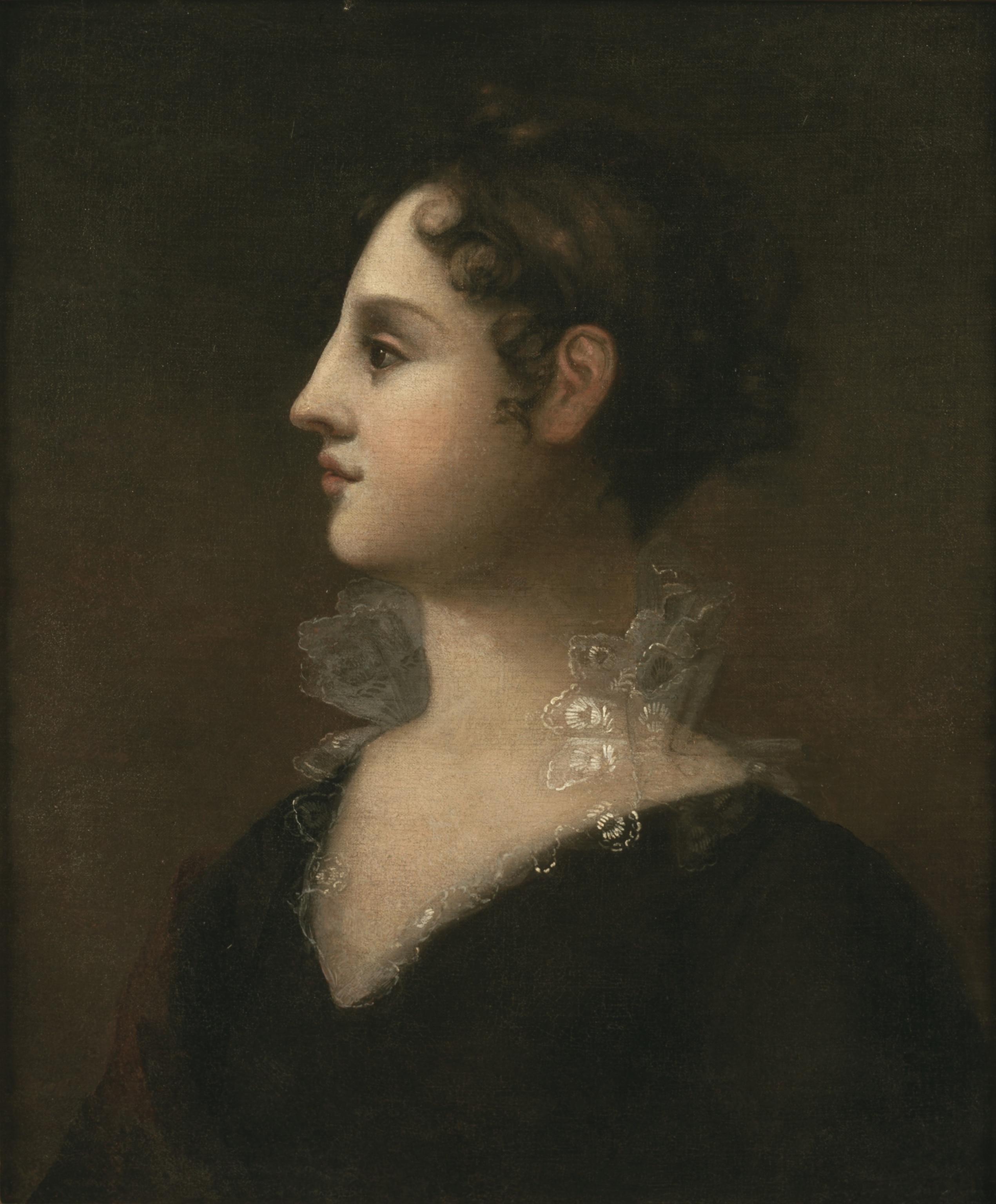
I set out on a quest to find out where she died—starting by understanding how she lived.
Who was Theodosia Burr?
Born in 1746 in New Jersey to a privileged and well-connected family, Theodosia was better educated than most women of her era. At 17, she married a high-ranking British military officer, James Marcus Prevost. The couple had five children and lived most of their 18-year marriage on a large estate called the Hermitage in northern New Jersey.
Bergen County was in one of the most dangerous areas of the Revolutionary War. Because her husband was away fighting with the British forces, Theodosia’s home was at risk of being confiscated or looted. Theodosia sought protection and favor by using her estate to conduct business.
(He was the last king of America. Here's how he lost the colonies.)
Playing hostess to a stream of officers such as George Washington, Marquis de Lafayette, and Aaron Burr—men her husband considered the enemy—was as astonishing as it was savvy. In the end, her efforts gained Theodosia entry into the elite circle of America’s founders. And it also gained her a future husband, as she and Burr had begun an affair.
After years of correspondence and rumored romance, Theodosia, 35, and Aaron, 25, were married in 1782, not long after James Marcus Prevost died while on duty in Jamaica. They soon relocated to New York City where Aaron opened a law practice.
Theodosia gave birth to several children during her 12-year marriage to Aaron, but only one survived—the daughter named for Theodosia who was born in 1783.
After suffering from poor health for years, Theodosia Bartow Prevost Burr died at 48 years old on May 18, 1794, from what was most likely stomach cancer. Burr lived 42 more years and is believed to have said before he died, “the mother of my Theo was the best woman and the finest lady I have ever known.”
I began my search for Theodosia’s final resting place at the two locations experts cite the most.
Rumored gravesite #1: Trinity Churchyard

Even though many experts told me they believed Theodosia had been buried here, I had never seen any sign of Theodosia while taking people on tours of Trinity’s churchyard in Manhattan’s Financial District.
But there were many corners of the grounds I had never fully explored— and there are reasons why a burial at Trinity would seem likely. Theodosia had married her first husband there in 1763, and Trinity was an important church during her lifetime.
(He was a Founding Father. His son sided with the British.)
I spent a morning combing through state-of-the-art archives in the beautiful Trinity Commons building across the street from the church. However, the records I most wanted to examine were missing: It turns out a retiring Trinity parish rector walked away with the register detailing burials from 1784–1800. That register, of course, covers the year Theodosia died.
Could Theodosia be in those missing records? Perhaps. But Trinity Church archivist Kathryn Hurwitz points out that we can’t ever know for sure, because there are “no records indicating she was ever at any of our cemeteries.”
Results: Inconclusive
Rumored gravesite #2: St John’s Burying Grounds
Located almost two miles north of Trinity Church, St. John’s Burying Grounds was one of those cemeteries connected to Trinity through its parish church, St. John’s Chapel. This is where Wikipedia, among other sources, will tell you that Theodosia was buried.
It would make sense for Theodosia to be at St. John’s because it was situated very close to the Burr family residence—and her mother Ann is thought to rest there as well.
However, I knew going into my research that this would be a particularly tricky theory to pursue as the graveyard was demolished in the late 1800s and turned into a park.
And, in fact, Hurwitz points out that the burying ground didn’t exist when Theodosia died in 1794. “The first mention of St. John’s Burying Grounds in the Trinity archives was dated 1807,” she says. Furthermore, “a plan for the layout of the cemetery was not approved until March 1812 and the first burial is not recorded until October 1814.”

Was there a preexisting graveyard, such as the one that predated Trinity’s? “No,” Hurwitz told me. “There is no indication a burial ground was in that spot prior to Trinity establishing one.”
And it doesn’t seem that Theodosia’s body was reinterred there at any point—which was not uncommon, according to Hurwitz. There’s no mention of her in books written in the 1800s by John Flavel Mines and Moses King, which list people of note buried at St. John’s. Neither did she appear in the meticulous records undertaken later that century by John Watson, sexton of St. John’s Parish, when the city seized the cemetery land to make way for James J Walker Park.
Results: Inconclusive
More potential gravesites: The grounds of her estates
During my search, I learned that the grounds of the Bartow-Pell Mansion Museum in the Bronx contain a small graveyard consisting of some of Theodosia’s extended family members.
Historian Margaret Highland confirms that Theodosia is not buried with them. But I began to wonder whether Theodosia’s resting place might be on the grounds of one of her homes. I contacted Mary French, an anthropologist and expert on New York City cemeteries, and asked if it was possible. Sure, she said in an email. Landowners would often bury family members “on their farms.”
The most obvious suspect of her homes was The Hermitage, where Theodosia lived for over 20 years and is now a National Historic Landmark and museum. It would not be unreasonable to believe Theodosia wanted to be buried on the land she had fought to defend, where she raised her children, and where she married Aaron Burr.
However, Robert Schwartz, president of the Hermitage’s board of trustees, told me, “To our knowledge, no one is buried at the Hermitage.” He added that the board has long believed she rested at St. John’s.
Then there was Theodosia’s final home at Richmond Hill in Manhattan. Featuring a grand house on a 26-acre estate with stunning views of the Hudson River, she was only able to enjoy it for less than a year before she died. Perhaps she was buried on this property so the family could visit the gravesite often.
However, the house was relocated and then torn down in 1849, and the 26 acres were sold and developed. If her final resting place was at Richmond Hill, she would now lie under the bustling neighborhoods of lower Greenwich Village/Hudson Square.
Results: Inconclusive
Theodosia, where are you?
After searching through museums, libraries and archives across four U.S. states, the whereabouts of Theodosia’s grave remain murky.
We might have had some clarity on the matter had it not been for another mystery surrounding an important woman in Aaron Burr’s life: the younger Theodosia. In December 1812, 29-year-old Theodosia boarded a ship in Georgetown, South Carolina, bound for New York City to visit her father. Yet the ship and its passengers vanished in one of the greatest unsolved American mysteries of the 19th century.
Her doomed sea voyage washed away a trove of letters between Burr and his daughter that would certainly have provided clues to his wife’s grave. “Many of his personal records went down with The Patriot,” wrote Burr historian Nancy Isenberg in Fallen Founder: The Life of Aaron Burr.
Many of the people I met along this journey continue to believe that Theodosia was buried at either Trinity or St. John’s.
But even if there is no documentation to back up those claims, we do know the impact her life had on others. The kind of nation she dreamed about for her daughter—where women have the same quality of education as men—did come to fruition. And her dream for a woman to lead the country like Catherine the Great, whom Theodosia greatly admired, may someday be realized as well.
In the words of Aaron Burr’s character in Hamilton, “I’ll do whatever it takes, I’ll make the world safe and sound for you. You’ll blow us all away, someday, someday.”

